Although Lewisville incorporated in 1991, it has functioned as a community longer than most residents can remember. A small town, steeped in rich history, Lewisville’s roots date back to the mid 1700s when men the likes of Daniel Boone migrated from Pennsylvania to this area’s Bryan Settlement, finally settling in the Yadkin Valley and blazing the famous “Wilderness Road” to Kentucky. In 1753, the Moravians came to Salem and in 1754, completed this area’s portion of the Great Philadelphia Wagon Road which ran from Pennsylvania to Georgia. Because of this area’s fertile land and abundant game, early pioneers used this vicinity as a stopover or rest area before crossing the Shallow Ford of the Yadkin River. Other pioneers settled in the area and homes of many original settlers are still standing and inhabited by direct descendants.
In the 19th century, this area was settled by Lewis Case Laugenour. In 1857, after returning from California, Mr. Laugenour acquired land and in 1860 completed building the brick house which still stands today on Shallowford Road. In addition, he also sold property to Lewisville Baptist Church, Lewisville United Methodist Church and New Hope A. M. E. Zion Church at very reasonable prices. Because of his generosity, he was honored by having the town named after him. During this era, a number of small businesses flourished; however, the area remained mostly rural and residential.
This plan continues to recommend identifying and preserving significant symbols of this heritage. A 1979 Forsyth County inventory included historic homes and other buildings in Lewisville. Most of these houses and churches were constructed in the mid to late 1800s. The Roller Mill was the only commercial structure documented. There are also a number of significant sites in need of protection which do not have a standing structure. In 2010, the Forsyth County Historic Commission updated the information.
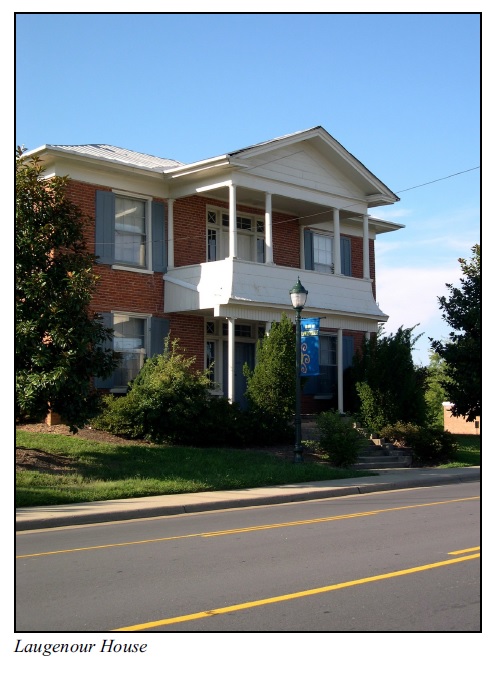
Open space preservation and design guidelines are in place to continue to maintain the town’s pastoral, small town character.
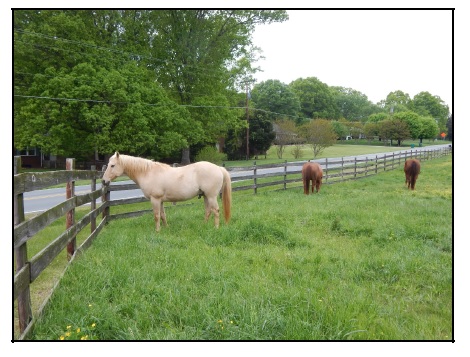
Local Historian’s List of Significant Sites & Historic Roads in and around Lewisville
Site of Conrad’s Ferry c. 1804
“River John” Conrad house (River View) 1804
Alexander Conrad, Sr. house site c. 1850
Max Conrad House c. 1900
Ruins of Frederick Miller house
Frederick Millers’s Mill site 1798
Eugene Conrad mill 1856
Kirby-Stimson house site c. 1800
Davenport Church Mill Chase
New Hope AME Zion Church founded 1883
Anne Ogburn house / Sunny Acres site
Spaugh-Kiger House c. 1900
Laugenour and Nissen Sawmill site c. 1860
Lewisville Academy site
Lewisville Baptist Church founded 1881
Site of Indian Tree (cut down in 1964)
Lewisville Brick 1935-1940
Lewisville Tavern site
Indian Spring
“Old Dutch Meeting House” site founded 1774
“Old Dutch Meeting House” Cemetery
Potts-Slater house
Source: Kyle Stimson, Lewisville Resident
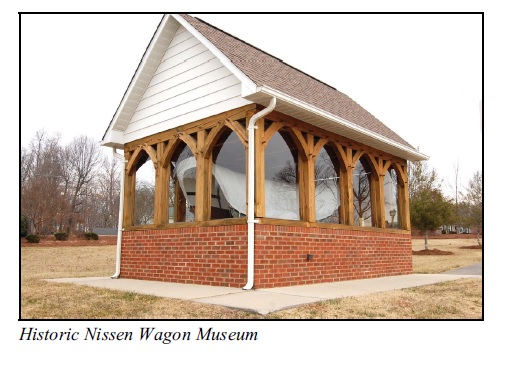
Vision
Lewisville in the year 2035 will remain a pedestrian friendly town. We will continue to encourage the completion of the Great Wagon Road and the further development of unique commercial ventures in downtown in a thoughtful and historically respectful manner while preserving Lewisville’s, small town character for future generations. The town will promote well designed development and redevelopment that creates a pleasing, healthy, livable and sustainable community. Lewisville will continue to maintain its pastoral, small town feeling throughout the 21st century.
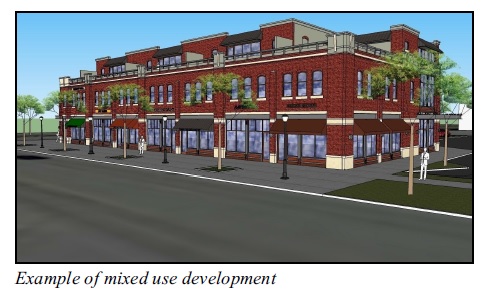
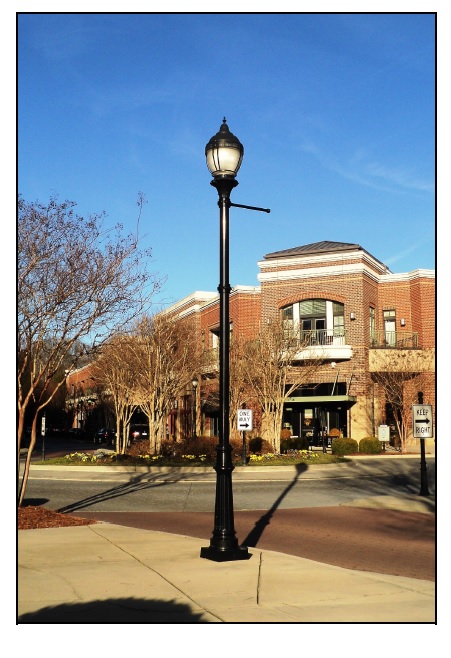
Implementation Program
Recommended Action | Action Steps | Responsible Agency | Time Frame |
Recommended Action | Action Steps | Responsible Agency | Time Frame |
C1 - Continue to encourage the designation of local landmarks under the Forsyth Historic Properties Commission. |
* Identify sites. * Assist property owners. | Historical Properties Commission (HPC) Lewisville Historical Society (LHS) | Ongoing |
C2 - Educate the public on historic resources and protection mechanisms including tax credit opportunities for historic buildings. |
* Develop brochures, videos, etc. | HPC LHS | Ongoing |
C3 - Identify threatened properties. |
* List funding sources. * Work with property owners. * Explore methods for preserving historical properties. | HPC LHS | Ongoing |
C4 - Identify historic properties that may be suited for adaptive reuse. |
* List suitable properties. * Develop incentives. * Produce listing. | LHS HPC PB Staff | Ongoing |
C5 - Identify significant sites that do not have standing structures. |
* List sites. * “Plaque” sites. | LHS PB TC | Ongoing |
C6 - Identify sites eligible for the National Register of Historic Places. |
* List sites. * Work with property owners. * Work with National Register. | LHS HPC | Ongoing |
C7 - Consider acquisition of key sites. | * List sites. * Conduct property assessment. * Secure funding sources. | LHS | Ongoing |
C8 - Continue a “plaquing” program initiated by the Lewisville Historical Society to mark historically significant sites and structures (within Lewisville town limits). |
* Select sites. * Determine cost/financing. * Seek funding. * Approval/implementation. | LHS HPC TC | Ongoing |
C9 - Encourage the repair and reuse of historic properties and landmarks. | * Promote the adaptive reuse of existing and historic properties (See Downtown Guidelines) * Encourage the owners of historic properties to keep the property maintained | LHS Staff | Ongoing |
C10 - Investigate developing a tourism program focusing on historic sites in Lewisville and surrounding area (e.g. the Shallow Ford, Great Wagon Road). See also Chapter 8 Citizen Engagement. | * Establish a committee to study potential. * List historic assets. * Determine costs/benefits. * Adopt/run program. | LHS TC | Ongoing |
Goal - Promote design standards that enhance community appearance and maintain the town’s unique sense of place. | |||
C11 - Identify scenic vistas and catalogue. |
* List possible sites. * Research/implement regulations, tools for protection. * Consider land conservation of key sites. * Work with property owners on land preservation and/or acquisition. | Various Government Agencies TC PB Staff LBC | Ongoing |
C12 - Support design standards in the development of the downtown area. |
* Continue to monitor, update, and enforce design regulations. * Encourage updating and revitalization of commercial properties consistent with the UDO and appearance guidelines. | TC PB Staff | Ongoing |
C13 - Continue to pursue appealing gateway signs, which include the town logo, at secondary points into Lewisville. | * List secondary gateways. * Fund. * Build and landscape. | TC LBC Staff | Ongoing |
C14 - Use public art to enhance and beautify the town as well as create and maintain a sense of place and a vibrant living environment. | * Solicit artists to donate public art to the town for public areas. | TC PRCD Arts Council of W-S LAAC | Short Term Ongoing
|
C15 - Initiate roadway landscaping improvement plans. |
* List corridors. * Create design plans. * Fund and implement. | TC LBC North Carolina Department of Transportation (NCDOT) | Ongoing |
C16 - Require landscaped entrances to residential developments. (Also see Chapter 5 Land Use for additional information.) | * Develop standards. * Adopt standards. * Enforce. | TC PB LBC | Ongoing |
C17 - Continue to encourage landscaping in apartment complexes. (Also see Chapter 5 Land Use for additional information.) | * Find funding/donors. * Select site. * Advertise for volunteers. | LBC | Short Term |
C18 - Support the use of native plant species for landscaping in public and private developments. | * See Chapter 3 Natural Environment. * See “A Gardener’s Guide to Landscaping & Plants” available at Town Hall written by LBC and UDO Landscaping Standards. | LBC Staff | Ongoing |
C19 - Keep natural resource protection in the forefront of planning - open space, parks, woodlands, natural resources. | * Research/implement regulations, tools for protection. * Consider land conservation of key sites. * Work with property owners on land preservation and/or acquisition. | Staff | Ongoing |
C20 - Preserve the form and function of rural character in the town by encouraging comparatively designed residential and commercial area development. | * Develop standards. * Update the Downtown Guidelines. * Update the Lewisville Rural Overlay (LRO) as needed. * Create Small Area Plans. | Staff | Ongoing |
Time Frame: Immediate = directly - without delay Annually = once each year Short Term = within 5 years Long Term = within 5-10 years Ongoing = continuous | |||
Then and Now in Lewisville
The Roller Mill
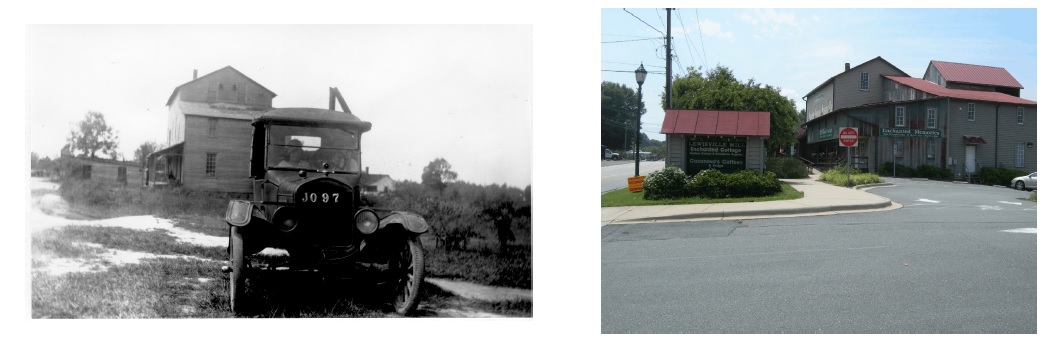
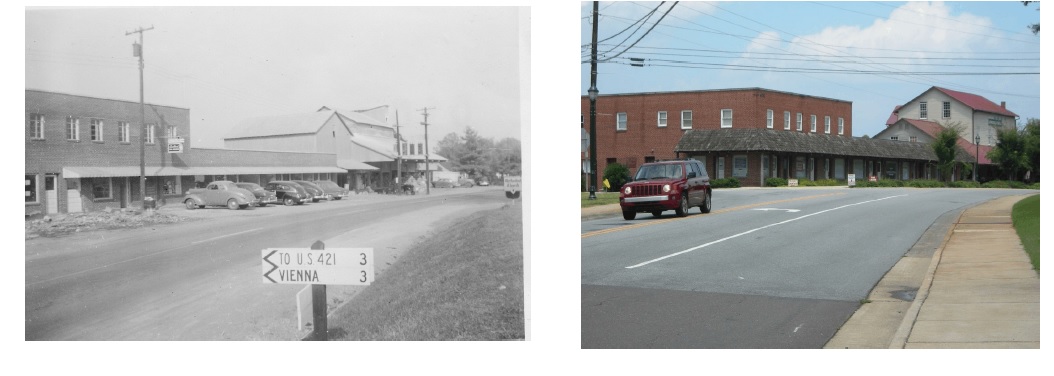

The Roller Mill



The Roller Mill

Reich’s Garage
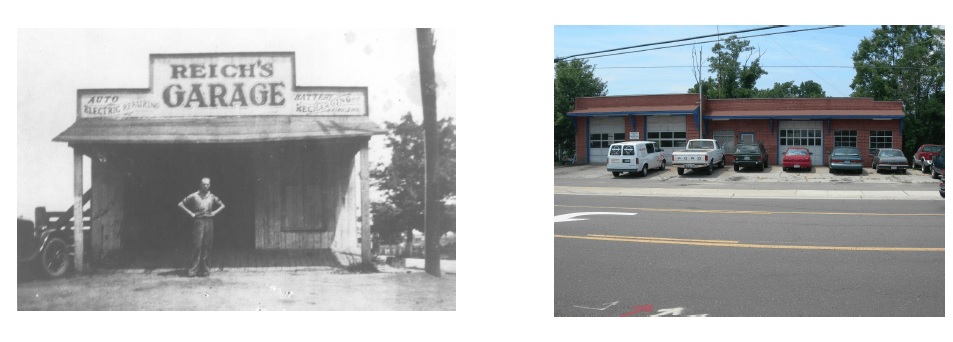
Lewisville Volunteer Fire Department
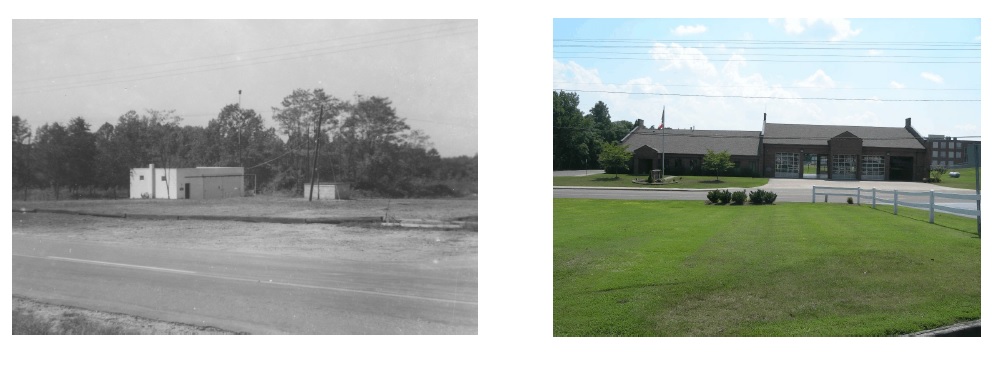
The Lewis Case Lagenour House
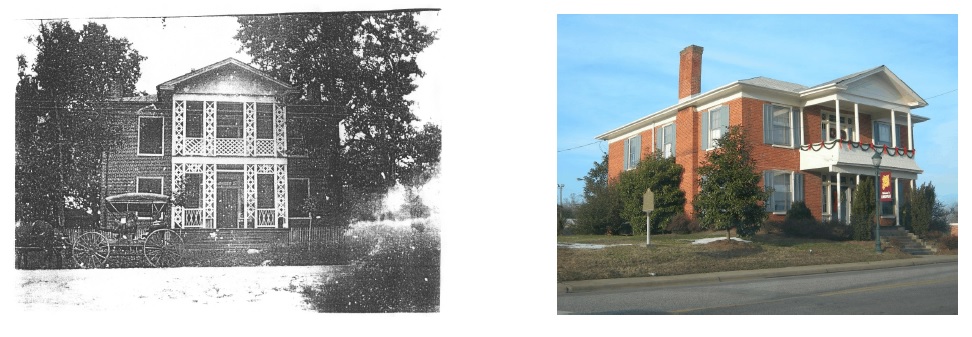
The George Elias Nissen House
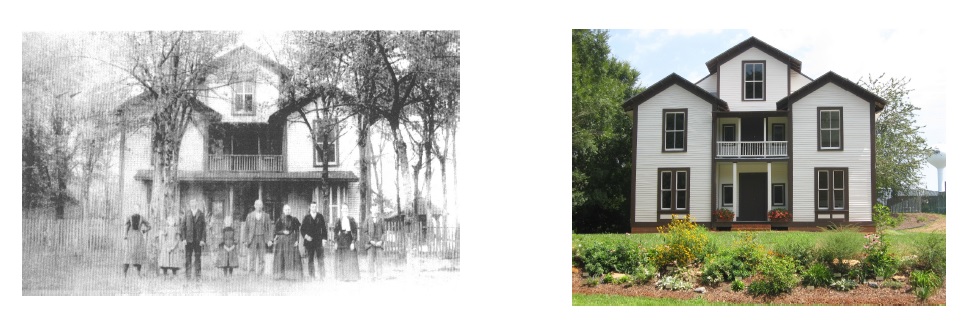
The Phillip T. Mock Home now the site of Joanie Moser Park
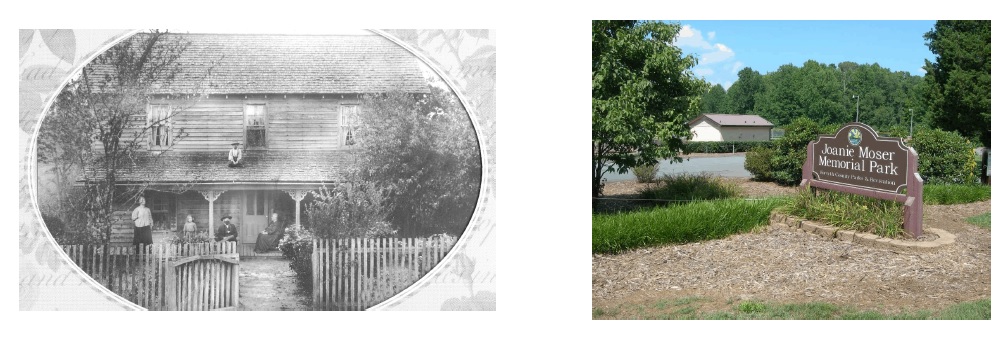
Sunny Acres now the site of the Oaks Shopping Center

Lewisville Post Office
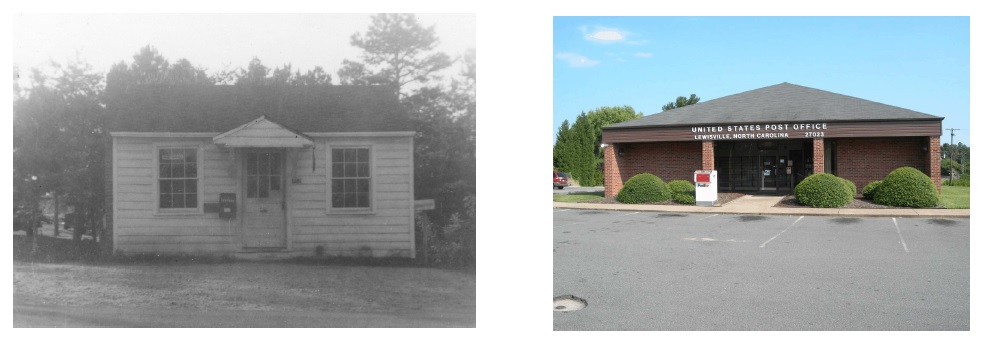
Lewisville School
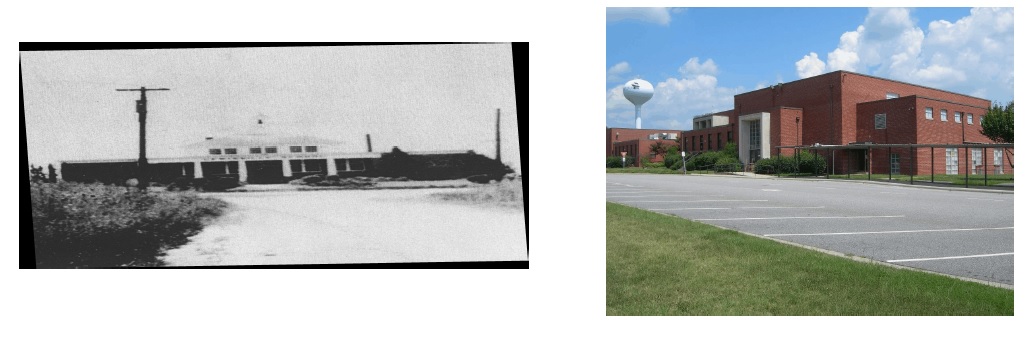
The Lawrence-Fulk Home now the site of Jack Warren Park

